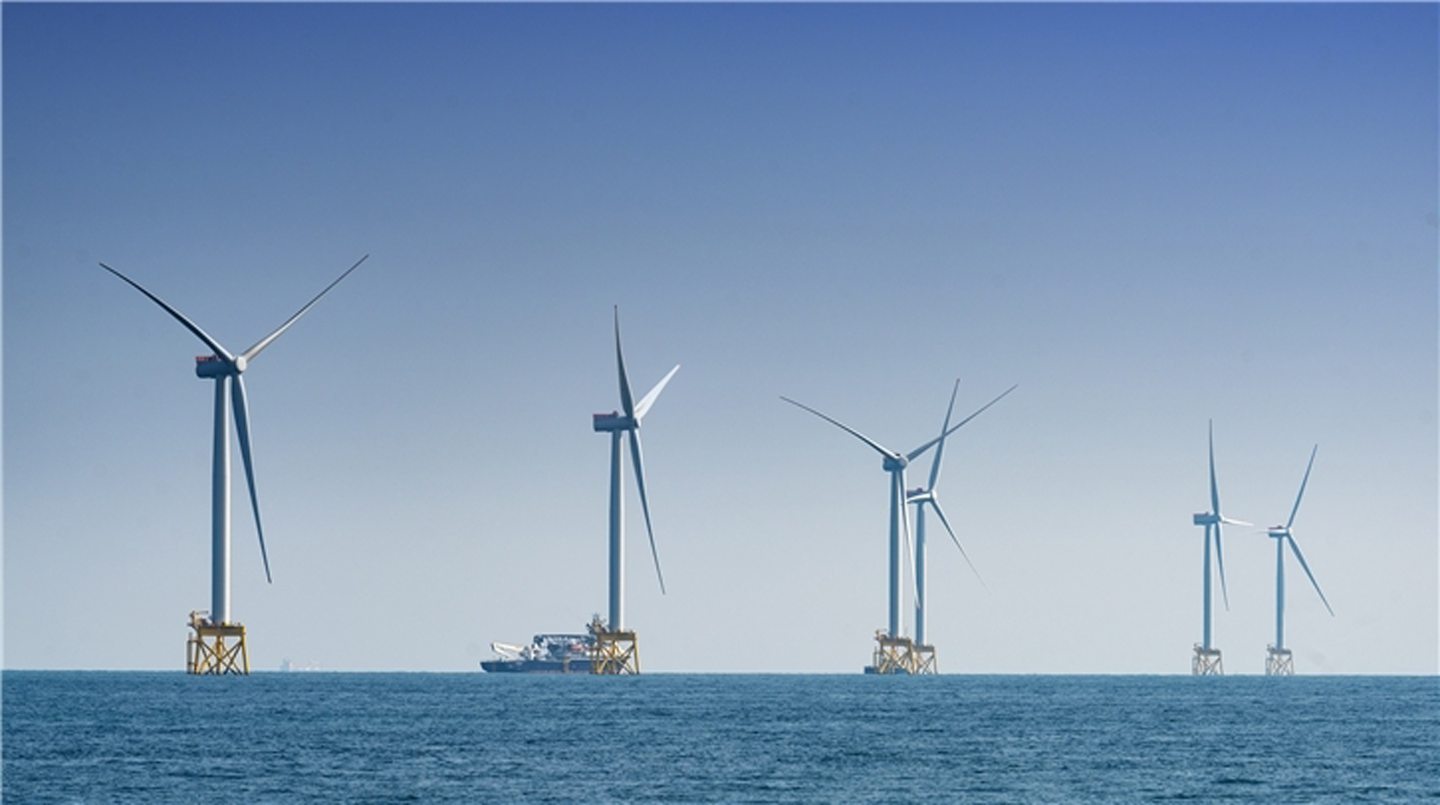
It appears that the May natural gas contract is looking to establish a new post-winter trading range into the shoulder season.
That’s what Eli Rubin, an energy analyst at EBW Analytics Group, said in an EBW report sent to Rigzone by the EBW team on Wednesday, adding that, over the next seven to 10 days, normalizing weather after a bearish March and a likely bounce in LNG feedgas intake may help reinforce technical support.
“Over the next 30-45 days, however, a continued erosion of storage deficits may bias late spring NYMEX contract price risks to the downside,” Rubin warned.
In the EBW report, Rubin noted that the May contract “remains volatile as the NYMEX front-month contract returned recent gains to close sub-$4.00 per million British thermal units (MMBtu) [on Tuesday] for only the fourth time since February”.
“Henry Hub spot prices dipped to $3.96 amid falling LNG feedgas demand readings at Sabine Pass and Corpus Christi reaching as deep as 2.0 billion cubic feet per day below late March record highs,” Rubin said in the report.
“Still, while early-month pipeline nominations remain noisy, production readings suggest weakness into April – particularly in the Permian and Haynesville – to reinforce physical support,” Rubin added.
“Heating demand may also bottom tomorrow before climbing into early next week,” Rubin continued.
In a separate EBW report sent to Rigzone by the EBW team on Tuesday, Rubin highlighted that, on an intraday basis, the May contract “skyrocketed as much as 52.1¢ per MMBtu from Thursday’s intraday low at $3.732 to yesterday’s intraday high at $4.253”.
“Still, notwithstanding Henry Hub spot rising to $4.13 per MMBtu amid stronger daily heating demand, the NYMEX front-month returned the majority of gains yesterday afternoon,” Rubin pointed out.
In that report, The EBW analyst said a bearish weather shift over the past 24 hours erased most of the bullish weekend weather catalyst to further impair the near-term fundamental outlook into Tuesday morning.
“Daily production figures are particularly noisy with phantom first of month declines – and, while likely to be revised higher, may offer a degree of immediate-term support,” Rubin said in that report.
“Daily heating demand may briefly recede into Thursday before rising again early next week – supporting physical demand and offering short-term physical market support,” Rubin added.
“Still, evaporating storage deficits may nonetheless bias near-term NYMEX contracts lower into late April,” Rubin went on to state in that report.
In another EBW report sent to Rigzone by the EBW team on Monday, Rubin said Henry Hub spot gas prices sustained $3.89 per MMBtu “over the very mild weekend, with national HDDs [heating degree days] milder than any three-day period forecast for April”.
A Standard Chartered Bank report sent to Rigzone by the company’s commodities research head, Paul Horsnell, late Tuesday showed that Standard Chartered expects the NYMEX basis nearby future Henry Hub U.S. natural gas price to average $3.50 per MMBtu across the second and third quarters of 2025 and $3.20 per MMBtu in the fourth quarter of this year.
Standard Chartered sees the commodity averaging $3.35 per MMBtu overall in 2025 and $3.30 per MMBtu overall in 2026, according to the report.
The U.S. Energy Information Administration (EIA) increased its Henry Hub spot price forecast for 2025 and 2026 in its latest short term energy outlook (STEO), which was released last month.
According to that STEO, the EIA now sees the Henry Hub spot price averaging $4.19 per MMBtu in 2025 and $4.47 per MMBtu in 2026. In its previous STEO, which was released in February, the EIA projected that the Henry Hub spot price would average $3.79 per MMBtu in 2025 and $4.16 per MMBtu in 2026.
To contact the author, email [email protected]





















